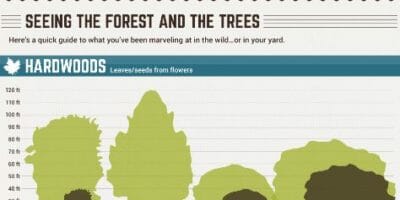Post-Tree Elimination Upkeep Is Crucial For Restoring Your Landscape; Learn Key Steps To Renew Your Location And Prevent Possible Issues
Post-Tree Elimination Upkeep Is Crucial For Restoring Your Landscape; Learn Key Steps To Renew Your Location And Prevent Possible Issues
Blog Article
Material Writer-Tate McKinnon
After a tree's removal, your landscape may look rather different, and it's important to examine the after-effects very carefully. You'll want to review the soil disturbance and examine surrounding plants for any kind of indicators of stress. Ignoring Read Much more can lead to bigger problems down the line. So, what should you finish with those stumps and roots? And just how do you choose the best plants for your rejuvenated space? Let's check out these essential actions.
Analyzing the Aftermath: Examining Your Landscape
After a tree removal, it's vital to evaluate your landscape to comprehend the influence it carries your yard.
Begin by examining the location where the tree stood. Look for signs of soil disruption, and inspect the bordering plants for any kind of anxiety or damage.
You must likewise keep in mind of just how the elimination has actually changed sunlight exposure and air movement in your yard. This shift can affect the growth of neighboring plants, so it's important to review their health.
Consider the aesthetic elements too; the removal may produce an open space that you can redesign.
Ultimately, think of any type of possible erosion concerns that might emerge from the tree's absence. Addressing these aspects early will assist restore equilibrium to your landscape.
Managing Stumps and Origins: Alternatives for Removal
As soon as you have actually assessed the after-effects of the tree removal, you'll likely need to tackle the stump and roots left.
You have a few alternatives for removal. One reliable technique is stump grinding, where a specialist uses an equipment to grind the stump down to below ground degree. This method leaves very little interruption to your landscape.
If you choose a do it yourself approach, you can utilize a combination of digging and chemical stump eliminators. Just bear in mind, this process can take some time and effort.
Conversely, consider leaving the stump as a natural attribute, which can serve as an one-of-a-kind yard element or habitat for wild animals.
Whatever you choose, dealing with the stump and origins is vital for restoring your landscape.
Choosing the Right Plant Kingdoms for Your New Area
As you evaluate your recently removed space, selecting the right plants can dramatically improve your landscape's beauty and performance.
Beginning by taking into consideration the sunshine and soil problems. For Pruning A Hydrangea Tree , choose drought-resistant plants like lavender or succulents. In shaded spots, ferns and hostas grow well.
Think of the size and development practices of your plants; mix perennials and annuals for seasonal range. Do not fail to remember to include indigenous varieties; they call for less upkeep and support local wild animals.
Group plants in weird numbers for an extra all-natural appearance and develop layers for aesthetic depth.
Ultimately, ensure Tree Branch Removal Service have a mix of shades and textures to keep your landscape vibrant throughout the periods.
Satisfied growing!
Final thought
Finally, restoring your landscape after tree elimination is a rewarding process. By evaluating the after-effects, attending to stumps and roots, and picking the right plants, you'll create a flourishing setting. Do not fail to remember to include disintegration control steps to secure your soil. With a little initiative and treatment, you can transform your room right into a vivid garden that improves your residential or commercial property. Accept the opportunity to renew your landscape and appreciate the charm of nature right in your backyard!
